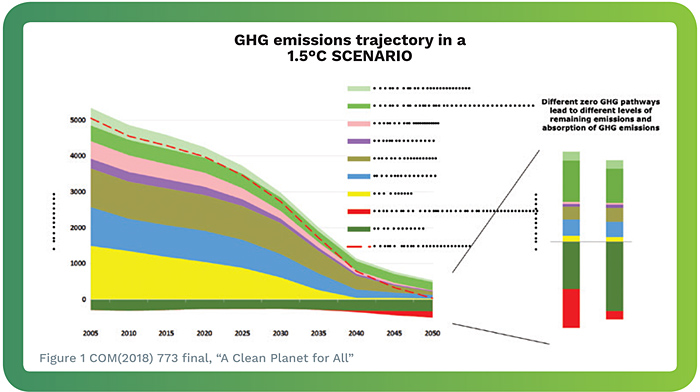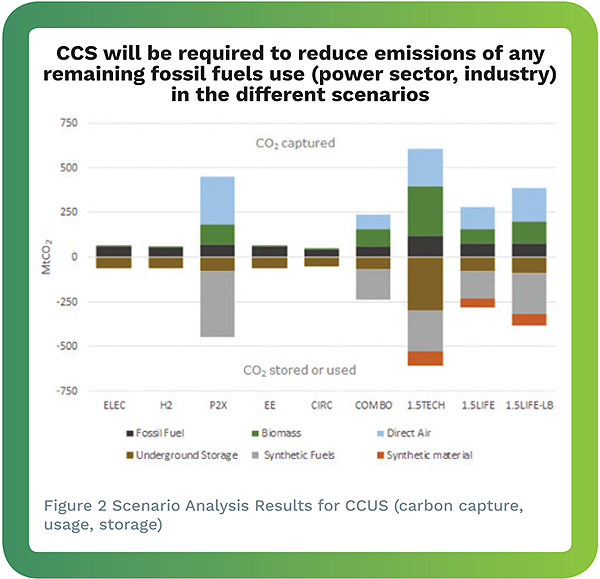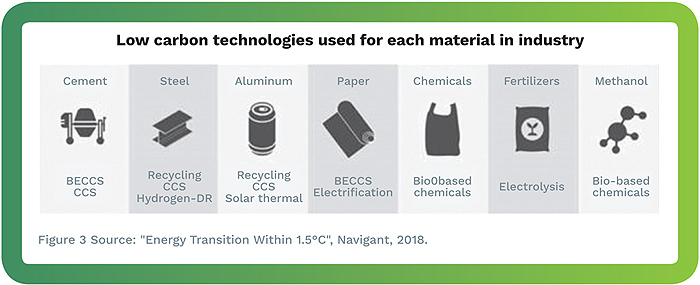 Just before COP24 in Poland last year, the European Commission published its strategic long-term vision for a prosperous, modern, competitive and climate neutral European economy entitled "A Clean Planet for All". Having put in place a regulatory framework to meet the climate and energy objectives for 2030, the Commission looks towards 2050 and analyses different pathways to meet the target of a net-zero carbon economy as a contribution to the international effort to limit global warming to well below 2°C.
Just before COP24 in Poland last year, the European Commission published its strategic long-term vision for a prosperous, modern, competitive and climate neutral European economy entitled "A Clean Planet for All". Having put in place a regulatory framework to meet the climate and energy objectives for 2030, the Commission looks towards 2050 and analyses different pathways to meet the target of a net-zero carbon economy as a contribution to the international effort to limit global warming to well below 2°C.
The modelling and analysis which underlie the “Clean Planet for All” communication show that carbon capture and storage (CCS) technologies will need to play a key role in achieving the climate objective. Despite current and past uncertainties in the economics and the public acceptance of CO2 storage, CCS is amongst the main options for reducing emissions of large point sources, particularly for big industrial sites for which no alternative mitigation measures exist, such as
cement-making. If coupled with sustainable biomass, CCS can play a significant role in creating negative emissions. In the long term, carbon capture can contribute to sector coupling, for instance when captured CO2 is transformed into synthetic fuels with renewable energy.
Given the imperative to reduce greenhouse gas emissions at a faster pace and to develop all technologies that can contribute to this effort, the European Union was ready over the last ten years to support CCS technologies through large dedicated funds, in particular the European Energy Programme for Recovery (EEPR) and the NER 300 programme. Despite this EU support and engagement, neither the proposed six large EEPR CCS projects nor the one awarded NER 300 funding took off. Various factors contributed to a withdrawal of national support and project developers discontinuing the projects. These included adverse investment conditions, a carbon price which plummeted during the economic crisis, renewables that started to take off at rapidly decreasing costs and provided cheaper alternatives to decarbonise the energy sector, and, in some cases, hostile public opinion.

However, today we see a renewed interest in carbon capture utilisation and storage hubs and clusters, CCS for clean hydrogen, and the transport of CO2 by ship, which all could help advance CCS technologies at commercial scale in Europe. Among these projects is the Norwegian Northern Lights development, which provides the infrastructure for storing captured CO2 from a waste incinerator and a cement plant. If successful, its storage infrastructure could also serve CO2 that is shipped to Norway from capture sites in the European Union. Another project is happening in the Port of Rotterdam, from whose area 20% of the Dutch CO2 emissions are emitted. Extending the existing infrastructure to capture CO2 from various emission sources in the port area, to use some of it and to store the rest in depleted gas fields in the North Sea, could significantly contribute to the decarbonisation efforts of the Netherlands. A successful implementation of these two projects could help carbon capture utilisation and storage technologies break through in Europe.

We want to ensure that all low-carbon technologies are developed and become widely available in the EU and globally because we need all possible tools to reach a zero-carbon economy. Against this backdrop, the European Commission is willing to continue its support for the development and deployment of CCS. Horizon2020 finances several projects to gain knowledge and develop CCS technologies. In particular, a portfolio of industrial CCS projects was established in the hard-to-abate sectors of steel, cement and refineries. The Commission makes further funding available through the Connecting Europe Facility (CEF) for the CO2 transport projects listed among the Projects of Common Interest (PCI). In addition, revenues from the auctioning of emissions allowances of the European Emissions Trading Scheme will be used to support innovative demonstration projects in energy intensive industries, renewable energy, energy storage and carbon capture, storage and use. This Innovation Fund will complement the Horizon Europe Programme by supporting low- or zero-carbon technologies whose earlier stages of development were financed by Horizon2020.

Through this support, the European Commission pushes low-carbon technologies forward because, as our analysis shows, they are necessary to create a prosperous, modern, competitive and climate-neutral economy. It is also clear, however, that this can only happen with the support of European Member States and the participation of Europe’s citizens.
Paula Abreu Marques is the Head of Unit for "Renewables and CCS policy" in the European Commission, DG ENER since August 2013. She is responsible for defining and steering the EU renewable energy policy, including the implementation of the Renewable Energy Directive and the definition of a policy framework for post-2020, and CCS policy.